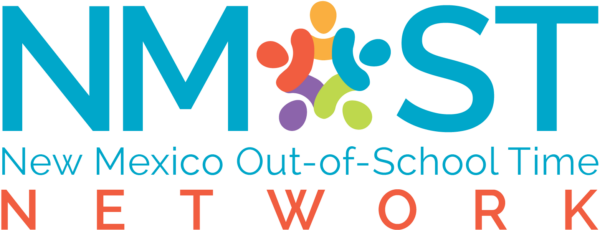When examining the importance of mentorship for young women in STEM, a stark disparity in opportunities available to young women depending on their geographical location in New Mexico emerges. Question #3 in the NMOST Advancing Young Women in STEM Scholarship application asked applicants “tell us about a personal leader/mentor in STEM that you look up to. It can be a male or female role model, but describe how they inspire you, encourage you, and have fostered your interest in STEM.” The individual responses to this question are enlightening.
Many young women (29.93%) cited a parent or family member as a STEM mentor. One young woman from 2019 described how her mother, while not a STEM professional, was very supportive of her STEM interests. Another young woman from 2021 whose mother “is a mechanical engineer on White Sands Missile Range” talked about the importance of her mother as a role model. There is no doubt that both of these mothers have encouraged and supported their daughters in their pursuit of a career in STEM, but the young woman whose mother is a mechanical engineer has a decided advantage. Having an “in-house” role model of a successful woman in a traditionally male-dominated field is a powerful source of inspiration and strong “STEM self-image.” Her mother will also be more able to help her daughter with college applications, scholarships, and offer life and academic advice that the non STEM mother may not have the experience to provide.
In New Mexico, where a person is born can determine their future success. According to the U.S. Census Bureau (2021) in Los Alamos county the median household income was $121,324, but in Luna county the median household income was $29,360. A young woman born in Los Alamos county, therefore, has a much greater chance of having a parent who works at the national laboratory and has the wherewithal to guide them in their STEM journey. Higher median income and proximity to a STEM anchor organization like the national laboratories means a child from Los Alamos county will have access to more STEM learning opportunities and parents are more likely to be able to pay for their child’s participation in those activities than a parent from Luna county.
In the article “Looking at Myself in the Future: how mentoring shapes scientific identity for STEM students from underrepresented groups” Atkins et al. (2020) found that having a long term STEM mentor correlated with students having a strong scientific identity (p. 9). They argue that self identifying as a scientist is a key factor in long term persistence and retention in an individual STEM career trajectory (p. 2). For many young women trying to engage with STEM learning, self doubt about their ability to become a scientist, fueled by bias and gender stereotypes, is a major hindrance. That is why it is important for girls and young women to have female role models to help them visualize themselves in a STEM-focused career.
One applicant from 2020 explains the importance of her professional mentor for pursuing a STEM degree:
“The push for me to enter STEM is influenced by many women. My junior year of high school, my biology teacher mentioned an internship at Sandia Labs that was tailored for economically disadvantaged students… Once I began working, my boss was a woman who had graduated from New Mexico Tech. She often told me stories of the struggles she endured but always concluded that it was worth the struggle to pursue something you’re passionate about. She set high expectations and for that I will always be grateful to her. She showed me that even though something is hard, it can be done with the right attitude and persistence.”
This young woman’s story is inspiring, but it also illustrates how many things had to go right for her to have this opportunity. She had an encouraging teacher who convince her to apply to the internship. She was accepted into the internship and lived in a place where these types of opportunities were available. Once she started her internship, she had an encouraging mentor to guide her on her STEM pathway. Her story is far from normal.
The fourth question in the Advancing Young Women in STEM Scholarship application asked applicants to “describe a circumstance in which you were made to feel more welcome and included in a STEM activity or program. What was it that made you continue in the program?” Responses to this question reveal that 12.5% of applicants gained a STEM mentor from their out-of-school time (OST) program.
One applicant from 2020 describes how a STEM mentor made her feel like she belonged and gave her the encouragement to succeed:
“In my senior year of high school, I entered the NM Science Expo with a friend, not expecting much… Luckily, right around this time, I met a professional biochemist at a public event and we exchanged phone numbers… I did not expect much from myself being honest, but we ended up getting first in the entire district and second place in the state for our category and I was awarded some financial aid for 2019-2020 from UNM. The reason I became so motivated on the project is that I was able to get professional advice from another woman in STEM who has had to face her own challenges as a minority. Her guidance was a very valuable opportunity and accelerated my interest in Biochemical projects. I think that many young girls like myself would greatly benefit from connecting with other professional women in STEM and the encouragement that they could provide.”
This young woman received an important mentorship opportunity from the NM Science Expo, a STEM OST experience. The encouragement and support she received from her professional STEM mentor is what convinced her that she could succeed in STEM. Her story highlights the importance of mentorship in the OST space, but unfortunately, not every young woman has access to high quality programs.
